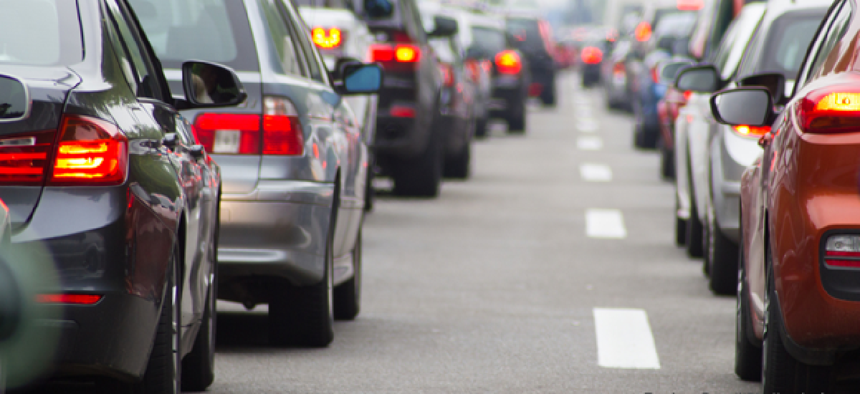Traffic mitigation tactics for smart cities

Louisville, Ky., plans to expand its fiber optic network and install an intelligent transportation system to ease traffic congestion.
Although the metropolitan area of Louisville, Ky., ranks 29th in terms of overall population, it faces many of the same challenges larger cities do when it comes to traffic.
The Westport Road and Shelbyville Road corridors, which were developed when there were fewer suburban neighborhoods using them, are now overcrowded. The problems with traffic corridors were first noticed through a partnership with traffic navigation app Waze, which allows the city to sends road closure and accident info to Waze, so residents who use the app can be easily alerted to changes in their routes.
To help mitigate its traffic congestion, the city is looking for technology solutions.
The metropolitan area’s government is competing for a $50,000 grant in promotional credits from Amazon Web Services as a finalist in the company’s Dream Big Award category in the 2017 City on a Cloud Innovation Challenge.
“Our proposal with Amazon’s City on a Cloud is to be able to collect the data that we need to do some advanced traffic mitigation,” Grace Simrall, the city’s chief of civic innovation, told GCN.
To ensure a communications infrastructure up to the task of traffic-data collection, government officials are also applying to the U.S. Department of Transportation for a grant to pay for a technology upgrade.
“Most of the current technology is around 20 years old, if not older, and it is using twisted copper pairs to handle the connectivity,” Simrall said. “With that technology we can tell if a traffic signal’s heartbeat is working and lighted properly, but there’s very little that we can do with automated retiming or on-demand mitigation.”
This intersection project is one of the many ways the Louisville Metro Government is working to address traffic snarls. In 2016, Louisville participated in six-month pilot program with Verizon and wireless data provider Digi to put cell-phone-like communication platforms on 14 traffic signals to communicate signal malfunctions using cellular data. But ultimately, government officials decided the program was too expensive to continue past the pilot phase.
“Given the cost of the pilot, we realized that this was not something that we could scale, especially with the connectivity piece,” Simrall said.
However, Simrall has not given up on her hopes to add more interoperability to traffic signals. The Louisville City Council will be voting on a proposal to spend $5.4 million to add 97 miles of fiber cable to the network in Jefferson County. Louisville currently owns 21.3 miles of fiber cable in the business district in downtown Louisville.
The city is also working on a project to revamp another major traffic corridor in the region called Dixie Highway. The New Dixie Highway project aims to improve the traffic flow in a 14-mile area heading into downtown Louisville with a new intelligent transportation system that will coordinate traffic signal timing to relieve congestion, which may also reduce crashes.
The system will be connected to Louisville’s traffic-management system using fiber-optic lines that will also support future communications technology for cameras, dynamic message signs and other future equipment.
The project also includes the first bus rapid transit route with priority lanes, which has “opened up opportunities for doing additional traffic mitigation.” Simrall said.
“We are a car driving, car loving culture so it does make it difficult to design attractive public transit options,” Simrall said. “If we create preemptions for public transit and new amenities such as Wi-Fi, then it makes the transit method increasingly appealing to the community.”





